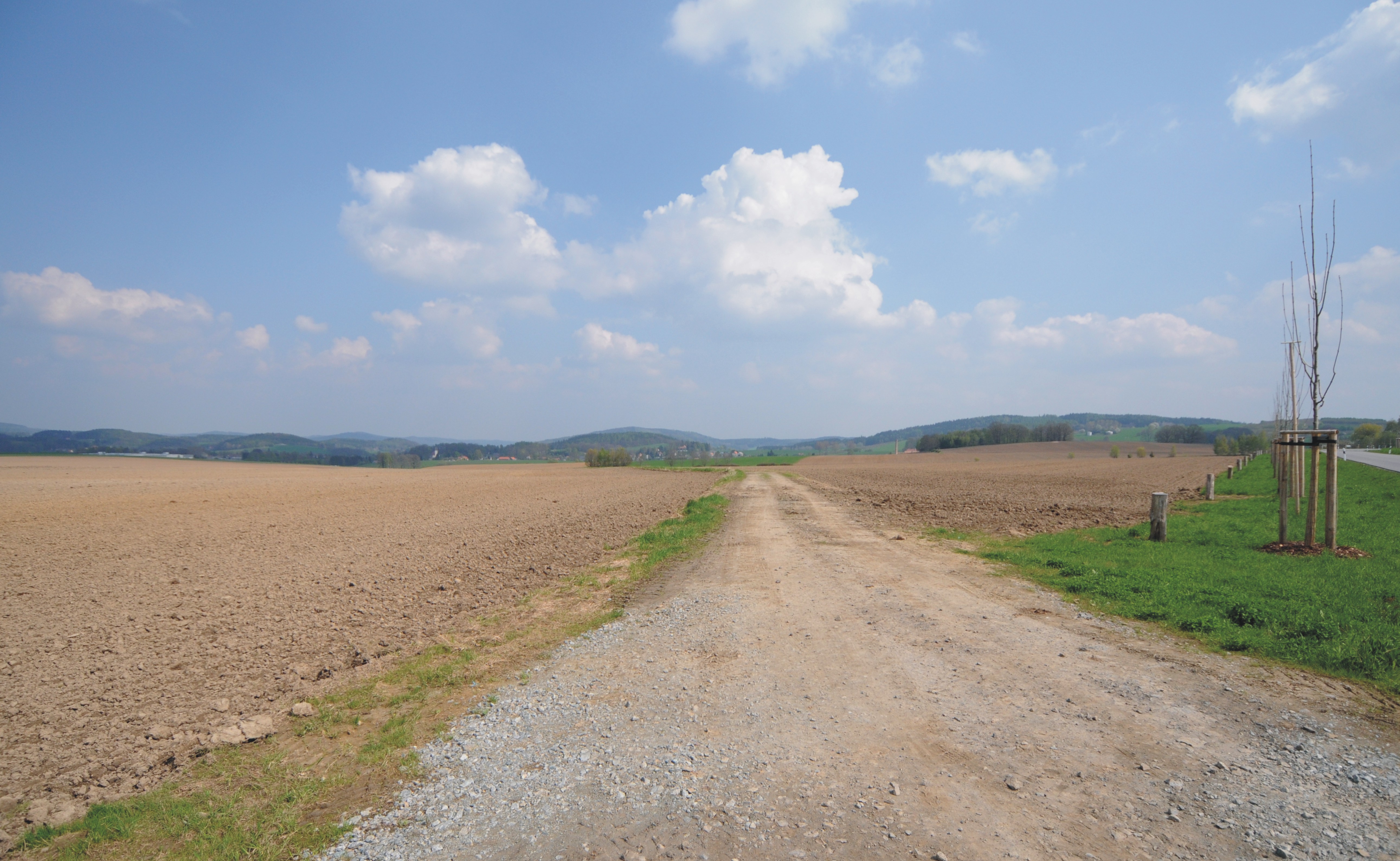|
Großharthau
Großharthau is a municipality in the east of Saxony, Germany. It belongs to the Bautzen (district), district of Bautzen and lies southwest of the Bautzen, eponymous city. Geography The municipality is situated at the northern edge of the Lausitzer Bergland (''Lusatian Hills''), near Bischofswerda. Villages Several villages belong to the municipality: * Großharthau * Bühlau * Schmiedefeld * Seeligstadt References Populated places in Bautzen (district) {{Bautzen-geo-stub ... [...More Info...] [...Related Items...] OR: [Wikipedia] [Google] [Baidu] |
Bautzen (district)
The district of Bautzen (german: Landkreis Bautzen, hsb, Wokrjes Budyšin) is a district in the state of Saxony in Germany. Its largest towns are Bautzen, Bischofswerda, Kamenz, Hoyerswerda and Radeberg. It is the biggest district in Saxony by area, and a member of the Neisse Euroregion. It is bordered to the south by the Czech Republic. Clockwise, it also borders the district of Sächsische Schweiz-Osterzgebirge, the district-free city of Dresden, the district of Meißen, the state of Brandenburg, and the Görlitz district. History Historically, most of Upper Lusatia belonged to Bohemia. After the end of the Thirty Years' War, it became a part of Saxony. Only the small town of Schirgiswalde remained Bohemian until 1809. The district was established in 1994 by merging the former districts of Bautzen and Bischofswerda. The district of Kamenz and the district-free city of Hoyerswerda were merged into the district in August 2008. Geography The district of Bautzen is part ... [...More Info...] [...Related Items...] OR: [Wikipedia] [Google] [Baidu] |
Saxony
Saxony (german: Sachsen ; Upper Saxon: ''Saggsn''; hsb, Sakska), officially the Free State of Saxony (german: Freistaat Sachsen, links=no ; Upper Saxon: ''Freischdaad Saggsn''; hsb, Swobodny stat Sakska, links=no), is a landlocked state of Germany, bordering the states of Brandenburg, Saxony-Anhalt, Thuringia, Bavaria, as well as the countries of Poland and the Czech Republic. Its capital is Dresden, and its largest city is Leipzig. Saxony is the tenth largest of Germany's sixteen states, with an area of , and the sixth most populous, with more than 4 million inhabitants. The term Saxony has been in use for more than a millennium. It was used for the medieval Duchy of Saxony, the Electorate of Saxony of the Holy Roman Empire, the Kingdom of Saxony, and twice for a republic. The first Free State of Saxony was established in 1918 as a constituent state of the Weimar Republic. After World War II, it was under Soviet occupation before it became part of the communist East Ger ... [...More Info...] [...Related Items...] OR: [Wikipedia] [Google] [Baidu] |
Germany
Germany,, officially the Federal Republic of Germany, is a country in Central Europe. It is the second most populous country in Europe after Russia, and the most populous member state of the European Union. Germany is situated between the Baltic and North seas to the north, and the Alps to the south; it covers an area of , with a population of almost 84 million within its 16 constituent states. Germany borders Denmark to the north, Poland and the Czech Republic to the east, Austria and Switzerland to the south, and France, Luxembourg, Belgium, and the Netherlands to the west. The nation's capital and most populous city is Berlin and its financial centre is Frankfurt; the largest urban area is the Ruhr. Various Germanic tribes have inhabited the northern parts of modern Germany since classical antiquity. A region named Germania was documented before AD 100. In 962, the Kingdom of Germany formed the bulk of the Holy Roman Empire. During the 16th ce ... [...More Info...] [...Related Items...] OR: [Wikipedia] [Google] [Baidu] |
Bautzen
Bautzen () or Budyšin () is a hill-top town in eastern Saxony, Germany, and the administrative centre of the district of Bautzen. It is located on the Spree river. In 2018 the town's population was 39,087. Until 1868, its German name was ''Budissin''. In 1945 the Battle of Bautzen was Hitler’s last victory against the Soviet Union during the Battle of Berlin . Bautzen is often regarded as the unofficial, but historical capital of Upper Lusatia. The town is also the most important cultural centre of the Sorbian minority, which constitutes about 10 percent of Bautzen's population. Asteroid '' 11580 Bautzen'' is named in honour of the city. Names Like other cities and places in Lusatia, Bautzen has several different names across languages. Its German name was also officially changed in 1868. As well as ''Bautzen'' (German) and ''Budyšin'' (Upper Sorbian), the town has had the following names: * German: ''Budissin'' (variants used from c. 11th century onwards; Saxon governme ... [...More Info...] [...Related Items...] OR: [Wikipedia] [Google] [Baidu] |
Lausitzer Bergland
The Lusatian Highlands''Upper Lusatia'' at www.silvaportal.info. Accessed on 10 July 2011. or Lusatian Hills AA, 1994. Retrieved 23 Jan 2015 (german: Lausitzer Bergland, ; cs, Šluknovská pahorkatina; : ''Łužiske hory'') form a y region in |
Bischofswerda
Bischofswerda (; hsb, Biskopicy) is a small town in Germany at the western edge of Upper Lusatia in Saxony. Geography The town is located 33 km to the east of Dresden at the edge of the Upper Lusatian mountain country. The town is known as the "Gateway to Upper Lusatia" – "Tor zur Oberlausitz" in German. Located in the district of Bautzen, the town is 18 km west of Bautzen itself. Großdrebnitz is among its quarters. The river Wesenitz flows through the town. History The first documentary evidence of the existence of Bischofswerda dates from 1227.Unfug, von Regina, Hantzsch; Stadtbilder aus Bischofswerda, Leiziger Verlagsgesellschaft, Leipzig, 1994 Nominally the town was founded by the Bishops of Meissen, though it may have existed before that point. In 1288 city walls were constructed. The first mention of Bischofswerda as a city is in a document dating from 1361. The town remained under the authority of the Bishops of Meissen until 1559 when power was transfe ... [...More Info...] [...Related Items...] OR: [Wikipedia] [Google] [Baidu] |




